Luchino Visconti’s The Damned (1969): Criterion Blu-ray review
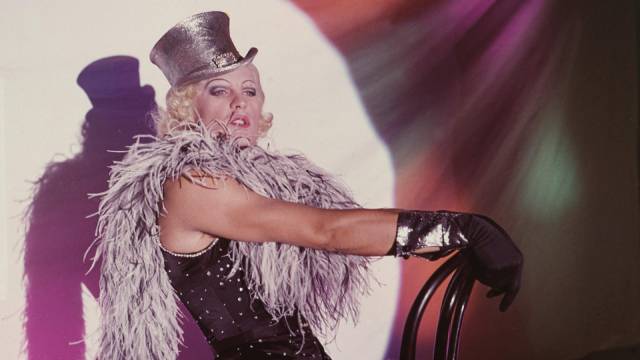
Luchino Visconti was a paradox. Born into Italian aristocracy (he was an actual Count), he was one of the key figures in the development of neorealism, a genre most closely associated with the working class and the dispossessed. Ossessione (1943), his adaptation of James M. Cain’s The Postman Always Rings Twice, was one of the earliest films to develop the distinctive neorealist style; it was also one of the earliest European films to reflect the signature qualities of film noir which were beginning to emerge in the United States in the later years of the war. Visconti’s second feature did away with the classical narrative concerns of Ossessione; La Terra Trema (1948) uses a documentary-like approach to depict the lives of poor Sicilian fishermen caught between the harsh conditions of life on the sea and the oppressive exploitation of the merchants to whom they must sell their catch in order to survive.
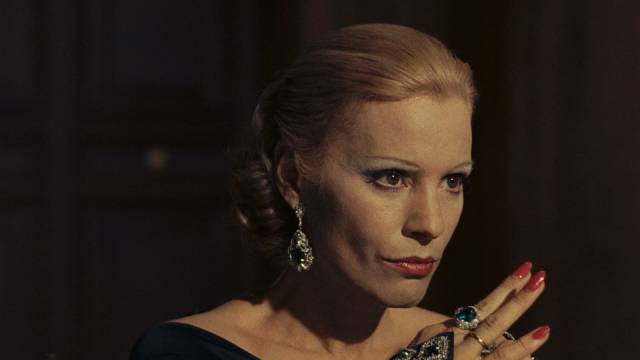
With his third feature, Bellissima (1951), written by key neorealist figures Cesare Zavattini and Suso Cecchi D’Amico, with contributions from Francesco Rosi, Visconti satirized the impact of neorealism on the people who were the movement’s chief subject; Anna Magnani plays a working class woman who will go to any lengths to get her young daughter into the movies, desperately trying to find a way out of the grinding poverty of the working class slums. The film continues the exploration of social realities while questioning the impact that the “stardom” achieved by non-professional performers in neorealist films had on the kind of people depicted in those films.
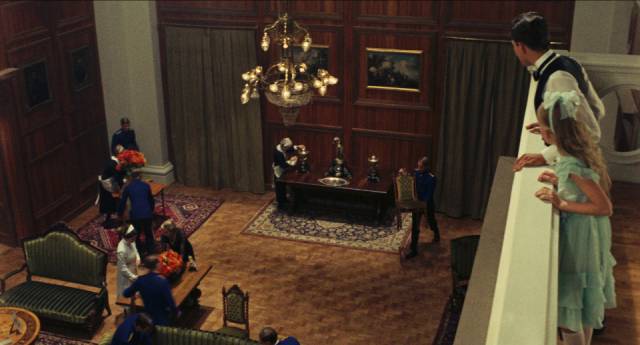
Although the influence of neorealism was apparent in Visconti’s Dostoyevsky adaptation Le notte bianchi (1957) and Rocco and His Brothers (1960), he began to turn towards a more opulent style and other thematic concerns with his fourth feature, Senso (1954), in which his own background came into play. This was the first of his films to focus on the privileged classes rather than the working and underclass, in particular on the historical forces which were chipping away at their privilege. This theme of the decay and dissolution of his own class reached its fullest expression in his sprawling epic Il gattopardo (The Leopard, 1963), in which sweeping political and social changes in Sicilian society in the mid-19th Century were already rendering the hereditary aristocracy an anachronism.
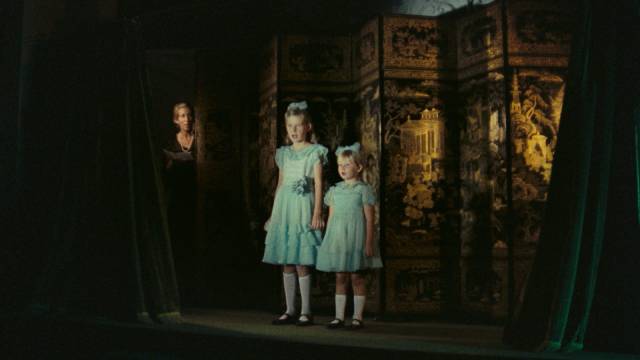
The decline of the aristocracy and the dissipation of its power became the central theme of most of the final decade of Visconti’s career, while large cultural shifts during the ’60s produced a striking stylistic change in his work; by 1969, when he made The Damned, what was permissible on screen had brought a new frankness to everything from political expression to sexuality. It was the latter which seemed to have the biggest effect on Visconti, making it possible to express the homosexuality which had hitherto been forced to remain concealed and cryptically coded. This sudden freedom, perhaps not surprisingly, resulted in a flood of imagery and behaviour which is both profligate and confusing, as if it had gotten away from his control. While the reaction of censors was predictable (even cut, Visconti’s film was given an X rating in the United States), five decades later The Damned is troubling for other reasons.
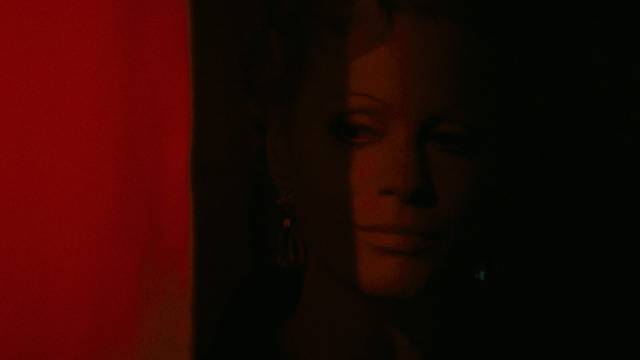
Visconti’s film was an early example of what quickly became one of the most disreputable genres of the 1970s, Nazisploitation. (It was made the same year as Lee Frost’s Love Camp 7.) Strangely bifurcated, this genre produced “art films” like Liliana Cavani’s The Night Porter (1974), Lina Wertmuller’s Seven Beauties (1975) and Pier Paolo Pasolini’s Salo (1975) along with sordid exploitation movies like Don Edmonds’ Ilsa, She-Wolf of the SS (1975) and Ivan Katansky’s The Beast in Heat (1977), as well as such artful exploitation as Tinto Brass’ Salon Kitty (1976). As censorship weakened around the world, the Nazis provided a kind of cover for the depiction of hitherto forbidden behaviour, allowing simultaneous exposure and condemnation.

In The Damned, homosexuality is foregrounded, but at the same time it’s conflated with all manner of sexual perversion. This is partially due to the need to associate Nazism itself with degeneracy, but is also embedded in the film’s depiction of the moral and psychological decline of a decadent aristocracy. In Visconti’s account, that decline is overdetermined and fraught with Freudian tropes. Although the film’s ostensible star is Dirk Bogarde, during production Visconti took increasing interest in the character played by Helmut Berger, his lover at the time, and this character, Martin von Essenbeck, carries the full load of the decadence on display – paradoxically moving from a liberating expression of transgressive sexuality to the ultimate suppression of all sexuality.
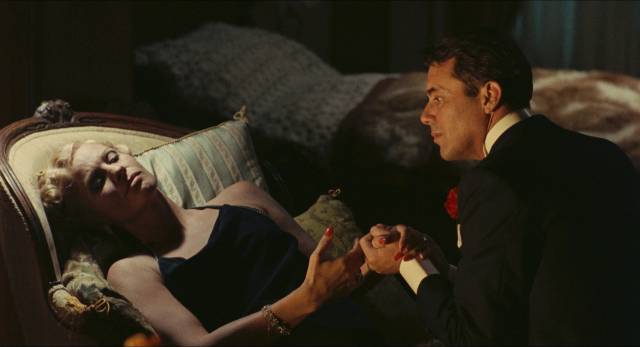
The Damned opens during birthday celebrations for the patriarch of the von Essenbeck family whose wealth and position is anchored by one of Germany’s greatest steel companies. Baron Joachim (Albrecht Schoenhals) is surrounded by relatives and business associates whom we can already see are caught up in various conflicts revolving around control of the company: his brother Baron Konstantin (Reinhardt Kolldehoff), his widowed daughter-in-law Baroness Sophie (Ingrid Thulin), Sophie’s lover and current manager of the company Friedrich Bruckmann (Dirk Bogarde), the decent vice-president of the company Herbert Thallman (Umberto Orsini) and his wife Elisabeth (Charlotte Rampling) and their children … and Sophie’s two sons, Gunther (Renaud Verley) and Martin (Berger). Also present is the icily assured SS officer Aschenbach (Helmut Griem), who manipulates the weak Friedrich.
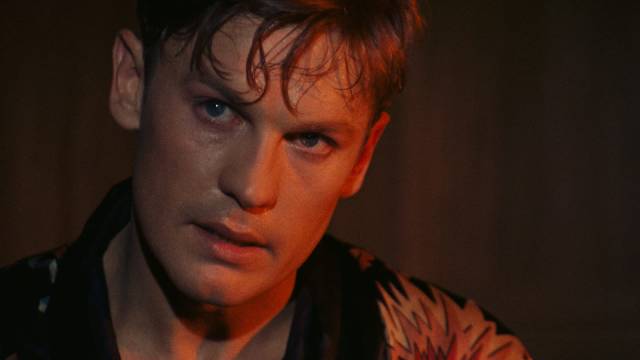
The climax of the celebration, following Gunther’s solemn cello recital, is the startling and disorienting appearance of Martin on stage in full Marlene Dietrich drag to perform a sultry and provocative version of one of her songs from von Sternberg’s Blue Angel whose key refrain is “einen Mann, einen richtige Mann”, expressing a yearning for “a man, a real man”. As Joachim squirms uncomfortably, Sophie watches from the side, almost ecstatic at the apparent emasculation she has wrought on her son. But the performance is abruptly interrupted by news that the Reichstag is burning, already attributed to the Communists and a key element in the Nazi consolidation of political power. And later that night, Joachim is murdered in his bed. Although this crime is attributed to Herbert, who has to flee (his wife and children subsequently sent to Dachau), it was actually committed by Friedrich, who is consolidating his own power within the company ahead of his scheduled marriage to Sophie.
And so it goes, the Nazis’ increasingly brutal hold on the nation in parallel with the violence within the family, as the family business becomes more deeply implicated with the Nazis’ need for the von Essenbeck factories to produce the weaponry essential to German rearmament. These connections include Konstantin’s role in the SA, aligning him with the cruder more working class side of the Nazis which is eventually eliminated during the Night of the Long Knives as the more aristocratic black-shirted SS massacre the brown-shirts who initially secured Hitler’s power but have now outlived their usefulness.
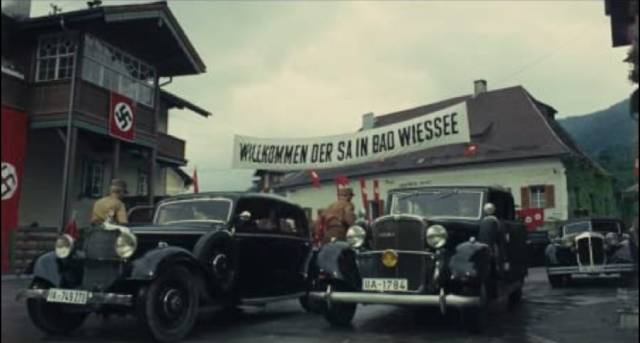
Around the mid-point, the film takes a lengthy diversion, leaving the claustrophobic family melodrama behind as it deals with that massacre. The SA retreat to the resort of Bad Wiessee, where we see these men enjoy some relaxing fun, swimming, boating, target-shooting effigies of President Hindenburg … and during the evening, drinking heavily and throwing off restraint. Some of them dress in drag and perform a Cancan, indulging in homoerotic play before retiring to their rooms for orgiastic sex. Visconti depicts all this with an exuberance which imbues the SA with a seemingly positive sexual liberation. This historically dubious revisionism belies the vicious thuggery for which the SA were well-known during the years of Nazism’s ascendancy, but the presentation is used to establish a clear dichotomy between a possible liberal freedom (SA leader Ernst Rohm was openly gay and advocated for the decriminalization of homosexuality) and the absolute repression not only of homosexuality but of sexuality tout court in the SS, in whose ranks Eros was unequivocally displaced by Thanatos. The historical event of the Night of the Long Knives gives way to a symbolic clash between sex and death, with death triumphant.
This event is reconnected to the family narrative in the final image at Bad Wiessee, with Friedrich driven on by Aschenbach to kill Konstantin in one of the hotel bedrooms, ostensibly sealing his position as head of the steel company. And yet, at this point the weak Friedrich actually exhausts his usefulness to the Nazis, destined to be supplanted by Martin whose irredeemable depravity makes him ideal material for the regime.
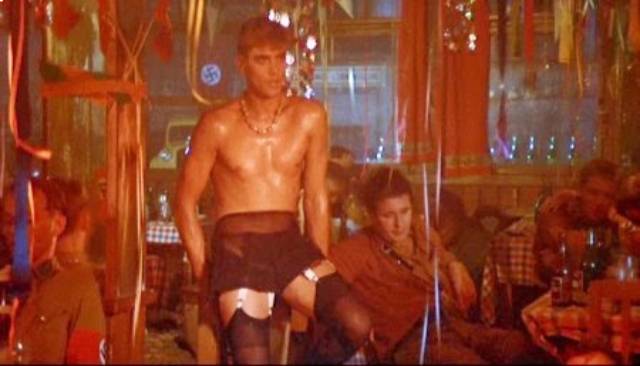
By this point, Martin’s confrontational sexuality has accrued an enormous amount of negative baggage. On the evening of Joachim’s birthday celebration, soon after his drag performance, we have seen Martin’s unhealthy interest in Herbert and Elisabeth’s young daughters, his pedophile proclivities eventually leading him to molest the daughter of a Jewish servant who kills herself. And finally his resentment of his mother’s efforts to undermine his masculinity lead to an act of incestuous rape, in the aftermath of which, having exhausted the possibilities of sex, he’s ready to don the black uniform of the SS and give up sex altogether in favour of the power he can wield as both Party member and head of the von Essenbeck steel company. By this point, whatever suggestions of a positive view of homosexuality were present earlier in the film have been obliterated by darker and more problematic forms of sexual deviance; it’s almost as if Visconti had forgotten his original point and the reactionary attitudes of his class had reasserted themselves. Though this process has been contained within a critique of Nazism, its larger implications are discomfiting.
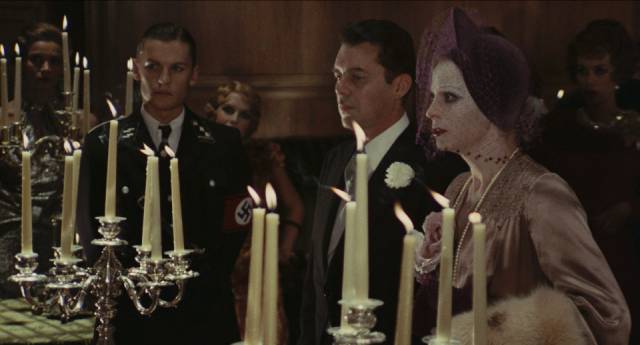
In bringing all these sexual ideas to the surface, Visconti’s style also changed quite radically. The often stately formal qualities of his earlier films give way here to a kind of visual instability, with the camera constantly moving with a barely controlled energy, panning and tracking across surfaces and faces as if uncertain where meaning lies. Perhaps as much a sign of the time as an expression of the film’s unsettled energy, cinematographers Armando Nannuzzi and Pasqualino De Santis also use jarring and abrupt zooms. Although the production design is consistent with the opulence of Visconti’s other work, all this instability and the frequently oppressive darkness of the interiors give The Damned a stifling quality; what’s being depicted here is a world plunging towards death, the feeble struggles of some of the characters to prolong their lives and cling to power doomed to fail. This losing battle between sex and death is even more central to Visconti’s next film, Death in Venice (1971).
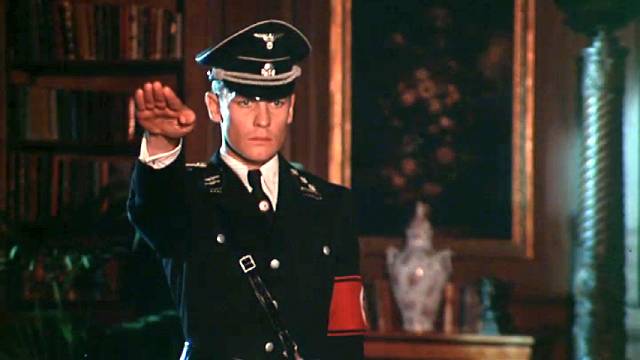
*
The disk
The 2K restoration by Cineteca di Bologna and Institut Lumitire provides a dense, richly saturated image for Criterion’s Blu-ray release. Both English and Italian soundtracks are included (most of the actors were speaking English and the main actors have dubbed their own dialogue). For some reason, the Bad Wiessee section is in subtitled German in both versions.
The supplements
There’s no commentary, but in a new interview film scholar Stefano Albertini delves into the film’s sexual politics (15:35). Archival material includes brief 1969 interviews with Ingrid Thulin (10:23) and Helmut Berger (5:29), and Charlotte Rampling (3:38) from 1990, from French television. There’s also a brief behind-the-scenes documentary from 1969 (9:20) and a 1970 discussion of the film from RAI with Visconti responding to questions and criticism from the audience (39:43). A trailer (2:57) is included, and the booklet essay is by scholar D.A. Miller.
Comments